It was heartening to find the Biennale des Antiquaires in Paris (10–18 September) back in full sail after years in the doldrums. Nathalie Crinière’s understated redesign was austere and chic, but most of all it was the return of the fair to the art and antiques dealers that was celebrated by the assembled art world. Under the new chairmanship of Dominique Chevalier, and a Biennale committee helmed by the august Henri Loyrette, the organising Syndicat National des Antiquaires (SNA) had banished most of the big-name jewellers and welcomed back the paintings dealers from Paris Tableau.
Economically, of course, that decision might have been a disaster – as may well prove in the transformation of the fair into an annual event. The loss of this ‘haute joaillerie’ may well have accounted in part for the dramatic drop in this year’s visitor numbers – around 30,000 in comparison to the 75,000 or so of the slightly longer last edition – although the city’s museum attendance figures are also down around 30 per cent. The fair has had to face the worst scandal in the French furniture trade for decades – the faking of 18th-century furniture sold to Versailles, the very patrimony of France. As a result, the 18th century was very little represented this year. One who braved the fray was Benjamin Steinitz, whose stand entrance had a signpost assuring all that the boiseries and other decorative arts within were authentic. In terms of furniture, it was art deco and modern design that stole this particular show.
There were some great works of art on display, not least the terracotta St Mary Magdalene by Alessandro Algardi, the modello for the bronze in the basilica of Saint-Maximin-la-Sainte-Baume, dated 1634. It bore an eye-watering price tag of €13m (Galerie Malaquais). Exhibitors produced some inventive stands, among them Mayoral Galeria d’Art from Barcelona, which staged a fascinating homage to the Pavilion of the Spanish Republic at the Paris World Fair of 1937. Curated by Juan Manuel Bonet, it presented not only documentation and a black and white reproduction of the lost Miró mural, but also works by Picasso, Julio González and Miró himself, as well as by his friend Alexander Calder who provided the pavilion’s Mercury Fountain. Calder’s small Blue Counterweight, Two Spines (1975) was sold for around €350,000. The atmospheric stand of Mullany, meanwhile, found clients old and new, selling, among other things, a mid 15th-century carved walnut angel holding a tambourine with its original polychrome and gilding largely intact. Sculpture dealer Tomasso Brothers fared extremely well, selling nine pieces including a Houdon bust.
Less heartening to report is that the French art trade seems incapable of not shooting itself in the foot. This was supposed to be a reinvention of France’s great flagship fair in these most challenging times, but many of the country’s most illustrious dealers chose to exhibit elsewhere. Former president of the SNA, Christian Deydier, staged an alternative event, Le Rendez-Vous, with leading dealerships Vallois and Phoenix Ancient Art, while Galerie J. Kugel mounted an outstanding gallery show, ‘A Mechanical Bestiary: Automaton Clocks of the Renaissance’ (until 5 November).
Arguably the most impressive assemblage of them all, however, was ‘Imperial & Royal’, organised by Camille Leprince and marking the publication of Napoléon Ier et Sèvres. Featuring the loan of one of only two complete Sèvres Egyptian Services, the superlative quality and invention of these peerless and often unique royal services and diplomatic gifts or commissions was set off beautifully by their bravura display. Plates from the Forest Service, for instance, were attached to a jungle of trees. Prices €5,000–€1.3m.
This year the Biennale overlapped with Parcours des Mondes (6–11 September), which fielded its strongest edition in years and seemed to draw as big a crowd as ever. Yann Ferrandin’s show of tribal hair ornaments was as mesmerising as it was illuminating, and he sold the lot in just two days. He also found new French, Swiss and Belgian buyers at the Biennale, and parted company with a 19th-century nkisi n’kondi from the Congo priced around €500,000. Thomas Murray also fared well, selling a collection of amulets from Borneo to a private collector for €200,000.
Michael Hamson claimed his best show ever – but he did offer two world-class objects, and both of them sold to world-class collections for six-figure sums. Both are pre-contact rarities, and came from Dubuque, Iowa, which is less extraordinary than it seems given that the Wartburg Theological Seminary housed many pieces collected by German Lutheran missionaries in New Guinea in the 1890s.
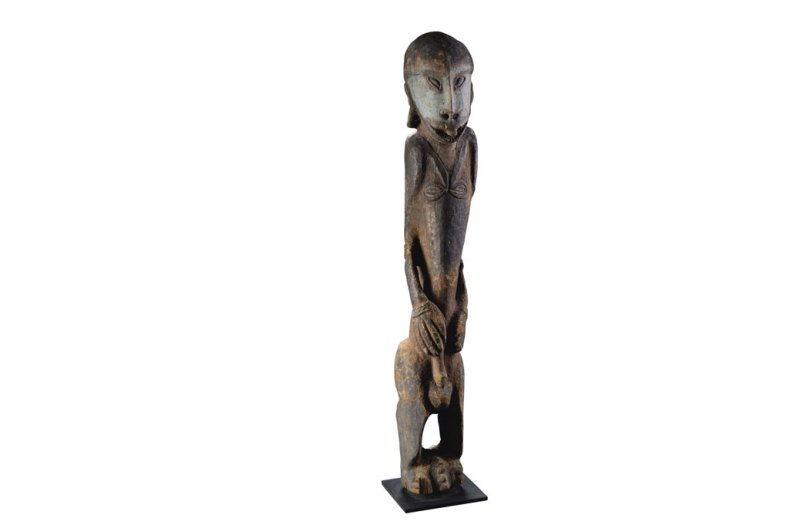
Mugus (pre-1798), Azera culture, Papua New Guinea
Hamson spent the two and a half years since acquiring them doing research, and realised from old photographs that the figure was most likely a unique survival from the Azera culture, originating in the Markham Valley. Such is the potency of this figure that there is a real sense that it is living, breathing and moving, and looking at you with its tongue sticking out – and not entirely benign. Such figures were believed to manifest spirits, and required the constant application of magical substances to both animate and placate. The remnants of green paint reveal that the figure had remained in constant use. This mugus is off to the National Gallery of Australia; a powerful Rai Coast mask, similarly patinated from generations of ritual use, was acquired by the Barbier-Mueller Museum, Geneva.
Two more museums dug deep into their coffers at the very successful Robert de Balkany sales at Sotheby’s Paris on 28 and 29 September. The J. Paul Getty Museum secured the top lot: the exceptional pietre dure Roman cabinet of around 1620 changed hands for €2.5m. Way off target, however, was the (€180,000–€200,000) estimate on the monumental Charles Clay organ clock of around 1740, acquired by the Museum Speelklok in Utrecht for a record €867,000. In London, the top lot of the Brian Sewell auction at Christie’s on 27 September similarly soared. Old Master drawings were the strongest category here, and the sale’s top lot was a large and highly finished black chalk study of around 1555 of a sleeping Dido by Daniele da Volterra. Estimated at £100,000–£150,000, it fetched £797,000.
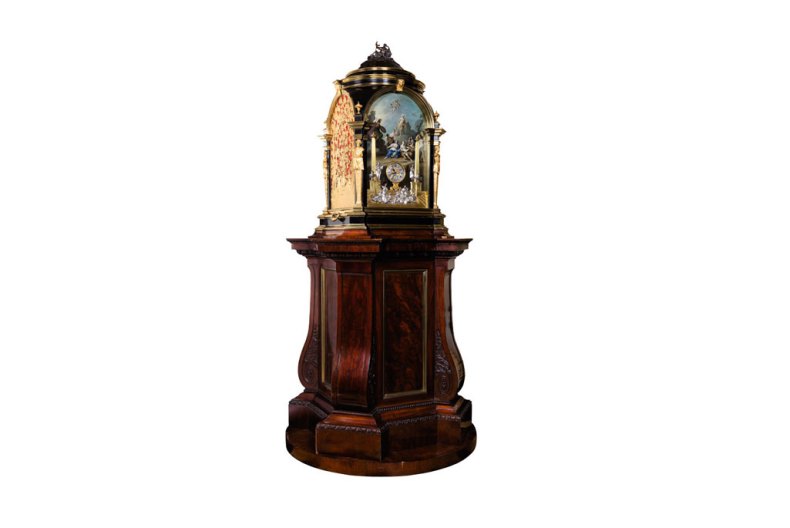
Organ clock (c. 1740), Charles Clay. Sotheby’s/Art digital studio
From the November issue of Apollo: subscribe here.
Unlimited access from just $16 every 3 months
Subscribe to get unlimited and exclusive access to the top art stories, interviews and exhibition reviews.


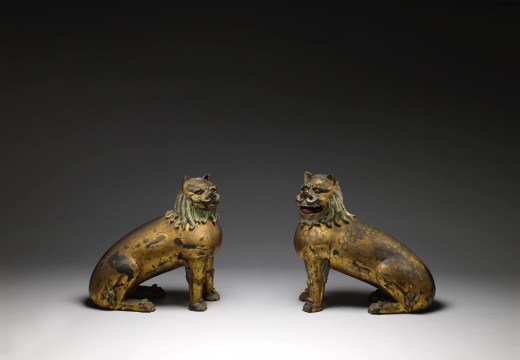
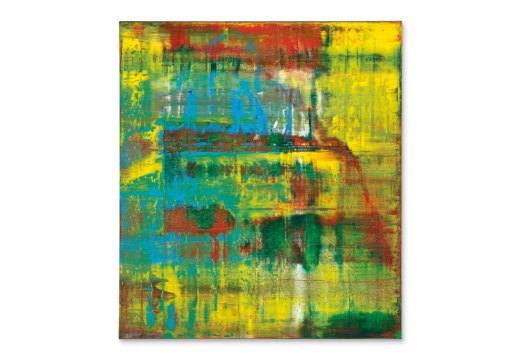
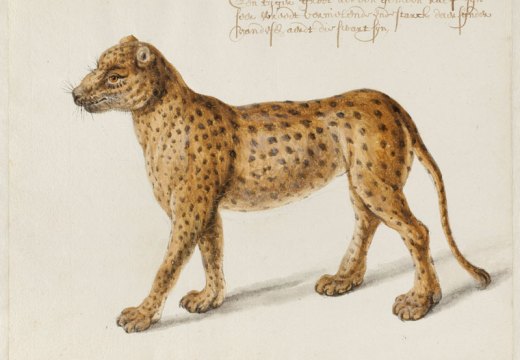









![Masterpiece [Re]discovery 2022. Photo: Ben Fisher Photography, courtesy of Masterpiece London](http://www.apollo-magazine.com/wp-content/uploads/2022/07/MPL2022_4263.jpg)
It’s time for the government of London to return to its rightful home